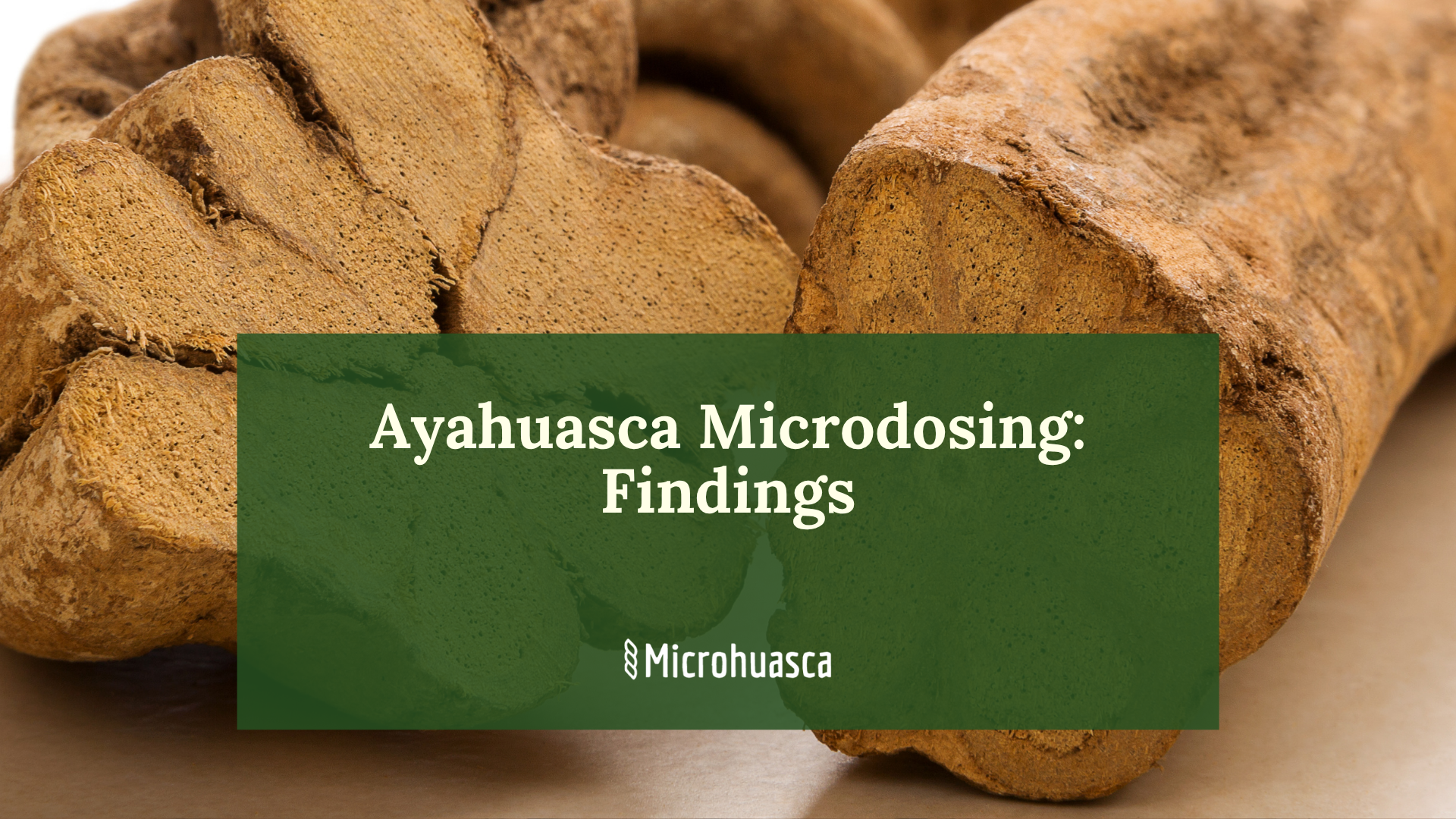Ayahuasca Microdosing: Findings
By Álvaro Zárate, originally posted in Spanish on April 5th, 2021.
Ayahuasca is a sacred plant from the Amazon known for its ancestral ceremonial use and its visionary and healing powers. At Microhuasca, we lead a Peruvian team of volunteers that designs, facilitates and documents therapeutic processes with small doses of Ayahuasca with encouraging results. In January, we published some findings from our work in 2020:
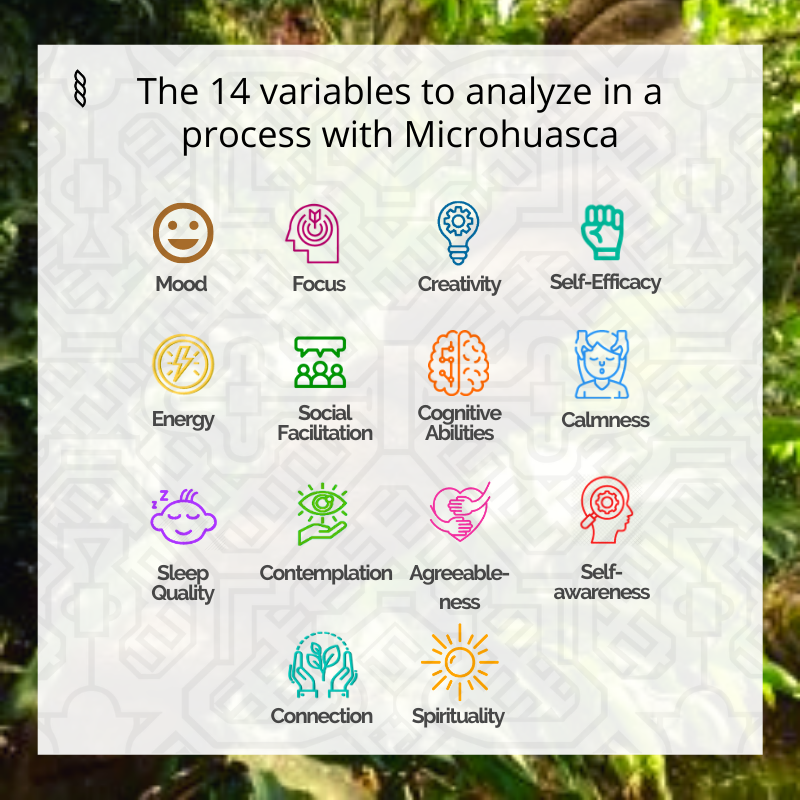
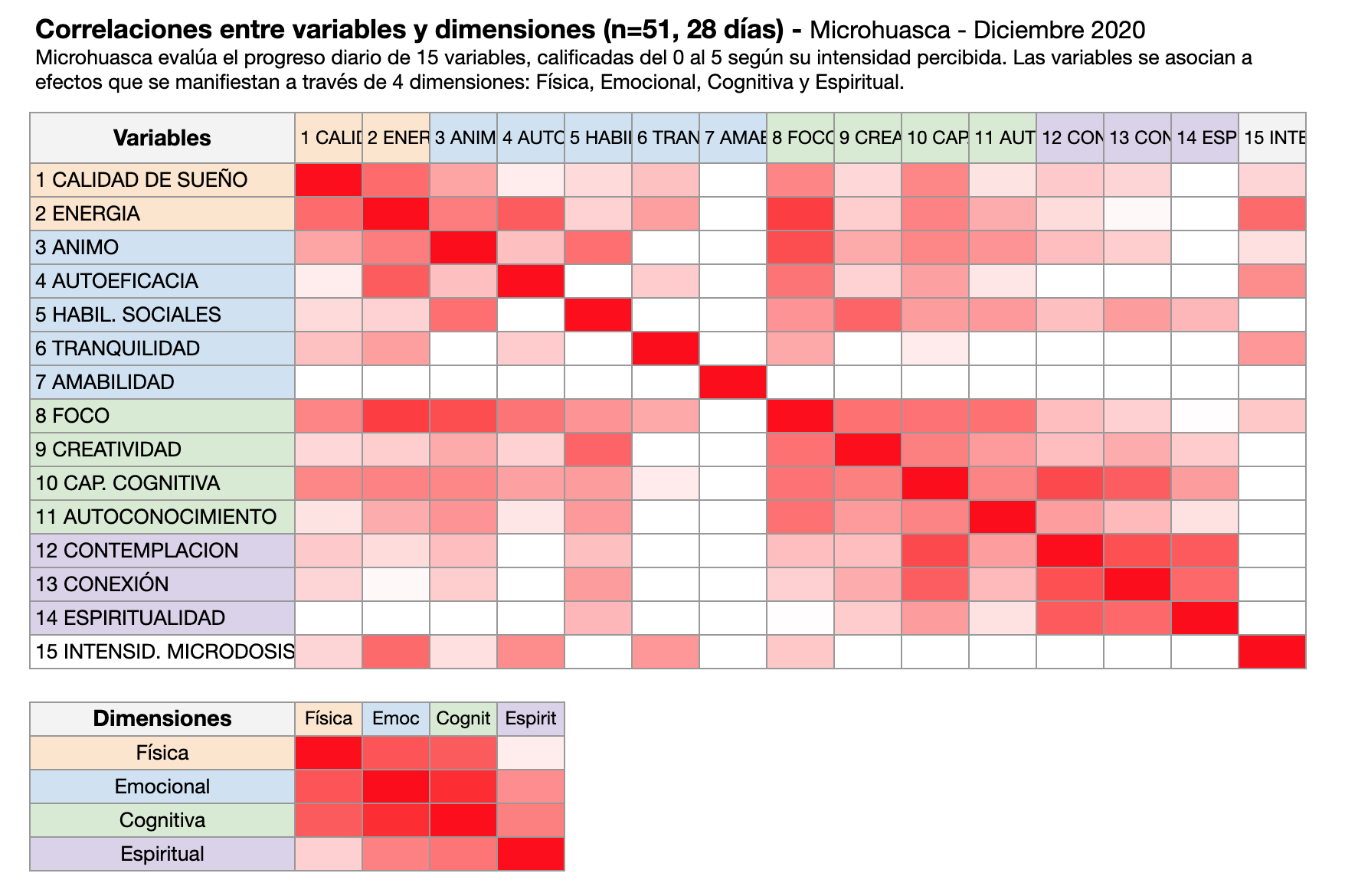
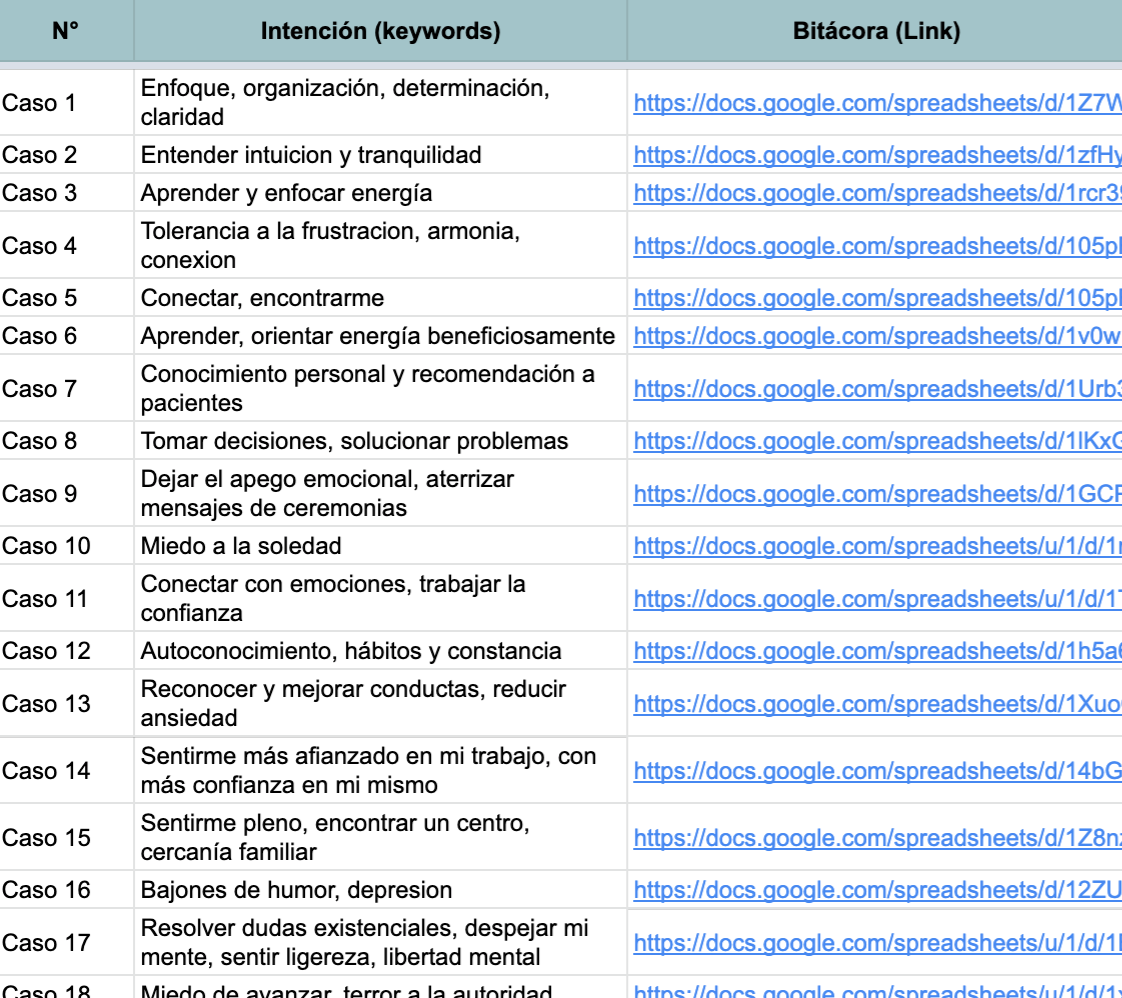
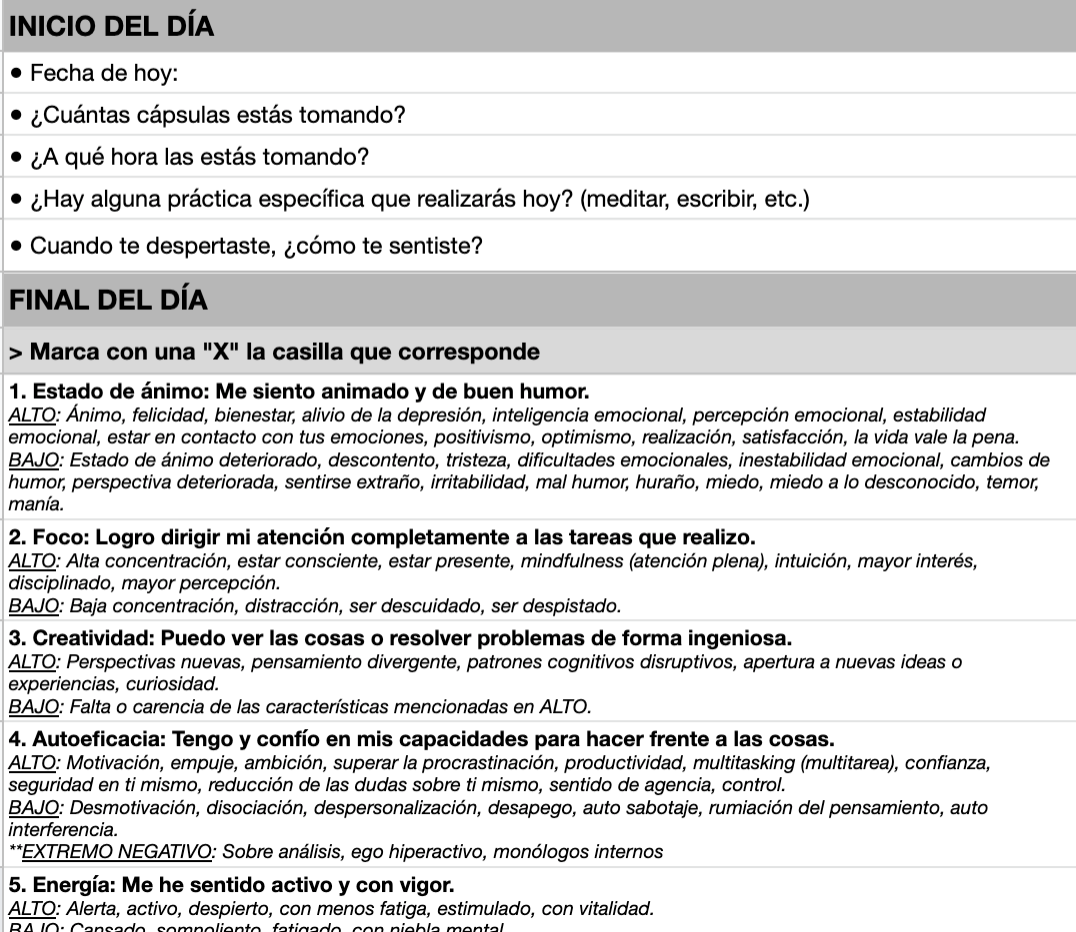
Summary
In the first quarter of 2021 we carried out our first Introductory Course to Ayahuasca Microdosing. For 6 weeks, students integrated scientific and ancestral foundations and took small doses of Ayahuasca within a community support process between classmates and facilitators. This was an effort to: (1) Structure and document our own frameworks, guidelines, protocols and good practices, which we had already been implementing empirically with users, and (2) Build a community of facilitators, researchers and promoters, and identify competent people to lead and expand initiatives with commitment and responsibility.
Similarly, in parallel to the course, we have had interesting advances in our work of analysis, research and commitment to ancestral knowledge. In short, this happened:
New therapeutic protocol based on community support was superior to previous conventional models of one-to-one facilitation with therapists, and shows potential to become a replicable, self-sustaining and more accessible method.
1 of 3 participants with previous experiences with full doses (ceremonies) of Ayahuasca reported having integrated in a month with Microhuasca learnings and changes that they had not experienced even after years of ceremonies.
Microdoses with only the ayahuasca vine (without DMT, legal) show the same therapeutic effects as the conventional preparation of ayahuasca vine + chacruna leaves (with DMT, illegal).
New protocol for dose calibration: In microdosing, it is normally advised not to exceed 10% of a full dose, but we have achieved great results by surpassing that threshold for the initial days, promoting deeper insights that empower and guide users to decide their path of personal work (initial 'shock' of revelations).
New therapeutic protocols and specific studies: Students from our Advanced Course for Facilitators are collaborating in the application of new therapeutic and research protocols: Microdosing + Hypnotherapy, Microdosing during the menstrual cycle, Microdosing for insomnia, among others.
Focus improves rapidly for almost all of our participants, and this seems to be related to the improvement of other variables. We have started a pilot study with concentration tests and the use of EEG devices.
The International Microhuasca Community brings together users, networks of volunteers, facilitators, analysts and researchers. To date, 108 users from 10 countries (Peru, Colombia, Mexico, Ecuador, Paraguay, Uruguay, Chile, Spain, United States and Germany) have gone through the experience.
Our success indicator is when a user no longer needs Microhuasca.
Projects from ancestral practitioners: We have begun to design tests on remote Ayahuasca ceremonies for distance healing, exploring foundations of post-materialist science.
Projects from ancestral practitioners: We are providing our support to promote the Shipibo-Konibo Intercultural Hospital that seeks to strengthen practical links between science and indigenous ancestry.
In detail:
1. New scalable microdosing protocol based on community support was superior to one-to-one models with therapists
In 2020, each of our users received support by an assigned therapist who guided them though their protocol through one-to-one communication. In 2021, we set out to build more accessible and scalable models that don't depend on having a dedicated expert facilitator for each user, and we decided to test the extent to which we can make our support protocols and guidelines replicable, without sacrificing effectiveness or security.
After a few iterations, we launched our Introductory Course with a community support model: a student becomes a “guide-partner” of another, in turn is a “guided-partner” of someone else, receives close support from the Microhuasca staff and meets once a week with the entire group to share their progress and go through their insights.
The participants had in common the vocation for assisting others, and most had already carried out personal development processes on themselves before.
In the 22 participants of the course, the high capacity for introspection about their microdosing processes was a common denominator, higher than that demonstrated by the average of our 70 previous users.
The participants complemented insights from their own experiences with the close experiences of their partner and of the rest of the community. Some expressed gratitude at not feeling alone and seeing themselves reflected in each other, even in difficult relationships between partners.
73% of participants rated the impact of the contribution of their guide-partner in their process with 7/10 or more, although 53% rated themselves with 7/10 more on their own contribution as a guide.
Our permanent staff kept a close follow-up with all the participants, communicating with 100% of them every week. The protocol was iterated along the way based on its results and feedback, and appropriate adjustments were made for each case (eg, partner changes) to ensure that everyone really had a useful process.
The surprise was that non-therapist participants had a high performance and positive impact on supporting their guided-partners, higher than that of some therapists in the group.
Despite the fact that the allocation of guide-partners in the group was random, we identified multiple relationships between partners that shared synchronicities or interesting coincidences that helped in their therapeutic bond.
9 graduate students were promoted to the 6-month Advanced Training Course for Facilitators and Professionals, in which they assume the roles of our staff and provide follow-up and support to a new group of introductory students.
Great professional bonds were generated. 100% of graduates continue to accompany us either as Advanced Course students or as volunteers contributing to the growth of the community and to research and development, according to their qualifications and availability.
Conclusion: Our community support guidelines are useful and superior to our previous conventional one-on-one facilitation processes with therapists, and show potential to become replicable, self-sustaining and more accessible methods.
We will evaluate to what extent other human support components can facilitate the scalability of a good protocol, we will explore that the closeness that existed between guide and guided partners in the Introductory Course also extends to the rest of classmates (community), and we will seek that new facilitators in training (Advanced Course) master the roles of our staff, support new users and lead networks of independent facilitators.
2. When a month of microdosing works better than years of Ayahuasca ceremonies.
30% of users with previous experiences with full doses (ceremonies) of Ayahuasca stated that they had integrated learning and changes in a month of microdosing that they had not achieved even after years of ceremonies. These could be linked to (A) the greater conscious and daily emotional confrontations reported, (B) to the subtle, gradual and supported integration of microdosing vs. ceremonies with a single strong, direct experience and without subsequent support, as well as (C) the new community component.
Users reported experiences of self-knowledge based on dialogue with their own emotions, feeling calm and focused on the present, organized, harmonized and with better clarity and disposition to handle critical situations. Changing behaviors were reported in energy, mood, calm, self-knowledge, sleep quality, self-efficacy, agreeableness, connection and spirituality, which were self-rated as high (4/5) and very high (5/5) by the majority of participants during the last days of the month of the process.
3. Microdosing with only the Ayahuasca vine (without DMT, legal) demonstrate the same therapeutic effects as with DMT (illegal).
In November 2020 we began administering microdosing protocols with only the Ayahuasca vine, that is, the same natural preparation but without chacruna leaves, which contain the psychedelic DMT.
While there are many efforts to study DMT separately, microdoses with only Ayahuasca vine have been used by indigenous people and connoisseurs for centuries with great healing results, some who say that “colors and visions are in DMT, but healing comes the Ayahuasca vine ”, and effectively the vine is the plant ancestrally considered the mother of all spirits.
We have compared effects and results of taking Ayahuasca microdoses with and without chacruna and, according to qualitative reports, we have not found representative differentiation that can be attributed to the presence or absence of DMT.
The interesting thing is the opportunity this means for legal therapies with psychedelics outside Peru, since the components of the vine are not considered a prohibited drug in most countries. Thanks to this and to alliances with people or organizations that responsibly supply the vine in the world, today we are in 10 mainly Spanish-speaking countries, building networks of facilitators and assuming the responsibility of building frameworks, guidelines and instruments that certify a quality standard , responsibility, conservation and respect with the use of this plant for those who want to get involved in this space.
4. New protocol for dose calibration: doses that exceed the threshold of an ideal microdose for an initial 'shock' of revelations.
A microdose generally corresponds to up to 10% of a full dose which, unlike their trance states and revealing visions, generates a very subtle effect that allows you to carry out your day's activities normally.
In 2020, our previous users started their first week taking 5% of a full dose, and from the second week onwards 10%, in order that the most sensitive do not exceed their ideal dose threshold (generally 10%) because for some experts, "the rule was that a microdose should be subtle."
Since 2021 we broke the rule and today the first week includes incremental shots of 5 to 20% every other day. Within a safe space, recognizing the threshold earlier and intentionally exceeding it for a few days generated noticeable effects (beneficial or challenging) in 95% of participants, which promoted deeper insights that empowered and guided them to decide on what they really should work on their processes.
Dose calibration example (drug titration): Curves of beneficial effects in green (mood, concentration, etc.) and challenging effects in red (sad memories, nausea, etc.) in response to dosing, illustrating a typical calibration where dosage is progressively increased. In the case of Ayahuasca microdosing, properly managed challenging effects teach and guide the user on how to approach their personal work process.
5. New specialized protocols and studies.
Students of our Advanced Course are collaborating in the design and application of new therapeutic and research protocols based on specific methods or conditions that we have already approached empirically in Microhuasca in promising ways.
Microdosing for insomnia: 100% of our users with sleep problems report having solved them since their first week of microdosing.
Microdosing + Hypnotherapy: have shown excellent results in facilitating awareness, acceptance and control in users with difficult emotional blocks or mental barriers.
Microdosing during the menstrual cycle: reports from some users led us to investigate the relationship between taking microdoses during menstruation or ovulation and the greater depth reported during personal introspection work.
6. Pilot study with Ayahuasca microdosing + concentration tests + EEG devices
Researchers use the Muse 2 device, created to aid meditation, but alternative functions enable it to collect thousands of data points of brain activity.
In 2020, correlational analysis showed us that, when microdosing, the behavior of the focus variable could explain the behavior of most of the other 14 variables that we measure.
To go deeper on this, community member and psychologist Vincent Clement led a study in February 2021 with two users of ayahuasca microdoses without chacruna (no DMT), using the TOVA concentration test and measuring brain frequencies with the Muse 2 portable EEG.
In the TOVA concentration test, the user is asked to press a button when a specific image appears, and not to press it when the same appears with a slight modification. This is repeated multiple times randomly for 20 minutes. For the first user we analyzed, the test showed a decrease in the mean latency times to a response (mean hit latency) during the microdosing period, compared to measurements prior to taking them.
RT = Response time, HF = High frequency, Baseline is the average of two measurements prior to the first Ayahuasca microdose. Then, a weekly test was performed during the microdosing period.
The test showed an improvement in attention and response time towards a "next positive answer" after a wrong answer, understood as an increase in tolerance to frustration. These preliminary results coincide with several qualitative reports from our users, and could be related to the improvement in acceptance reported by Soler in 2018, and to the cognitive improvement suggested by Dos Santos in 2016.
We are still analyzing the EEG data.
7. Microhuasca’s Users and Growth:
We are expanding the international Microhuasca Community (networks of volunteers, facilitators, analysts and researchers).
To date, 108 users from 10 countries (Peru, Colombia, Mexico, Ecuador, Paraguay, Uruguay, Chile, Spain, the United States and Germany) have gone through the Microhuasca experience and shared detailed data, 30 of them currently active.
8. Our success indicator is when a user no longer needs Microhuasca.
Microhuasca users have reported staying calm in the face of adversity, transmuting fear into courage and following the direction of their purpose for up to 8 months after completing their process. The majority were consulted 3 months after finishing, 50% did not require to take again and the other 50% would consider taking again to reinforce the learnings of their first period.
Endocosmic: Incubator for Ancestral Projects and more
Microhuasca is an organization incubated by the Endocosmic Foundation, our non-profit space that supports early-stage initiatives in applications for post-materialist science, research on consciousness, indigenous practices or sacred plants, and helps them transition to the lab and into the general public.
Here are two of the projects we are supporting:
9. Remote Ayahuasca Ceremonies for distance healing seeks to explore foundations on post materialist science
The traditional way of using Ayahuasca was for only the healer to take it, so that by accessing the spiritual dimension he could diagnose, treat and heal his patient. Ronald Rivera proposes to carry out remote Ayahuasca ceremonies from the Amazon in Peru, for patients who are in Lima monitored with a portable EEG, some taking microdoses and others not. We will be able to answer, supported by the multidimensional manifestations of Ayahuasca, to what extent it is possible that the healer can concentrate and channel energy levels in different planes beyond the physical towards his patient, in a way that facilitates his spiritual and emotional assistance.
10. The Shipibo-Konibo intercultural hospital will strengthen practical links between modern science and indigenous ancestry.
Panshin Nima (Walter López), president of the Shipibo-Konibo Ancestral Healers Association, proposes to create a place where ancestral knowledge about Amazonian power plants and modern medical practices converge, to improve the scope and effectiveness of treatments considering the emotional and spiritual origin of diseases.
Want to get involved?
We’re a self-funded nonprofit and all aid we can receive will help us go on. If you’re a professional, philanthropist or enthusiast that would like to join or collaborate to the cause, contact me at alvaro@microhuasca.com and let’s connect. You can also donate. If you liked what you saw, please share this with others.

